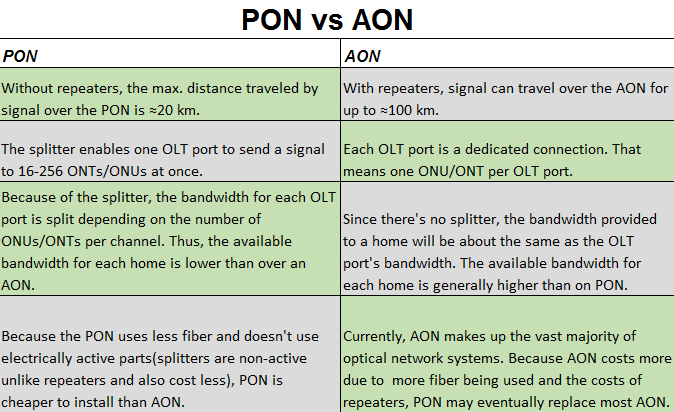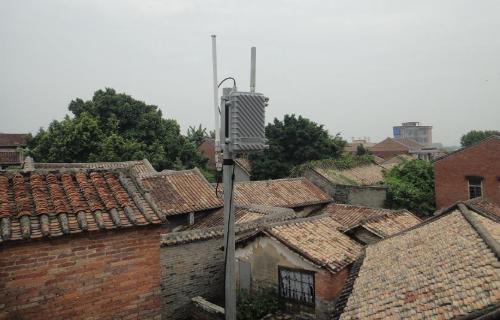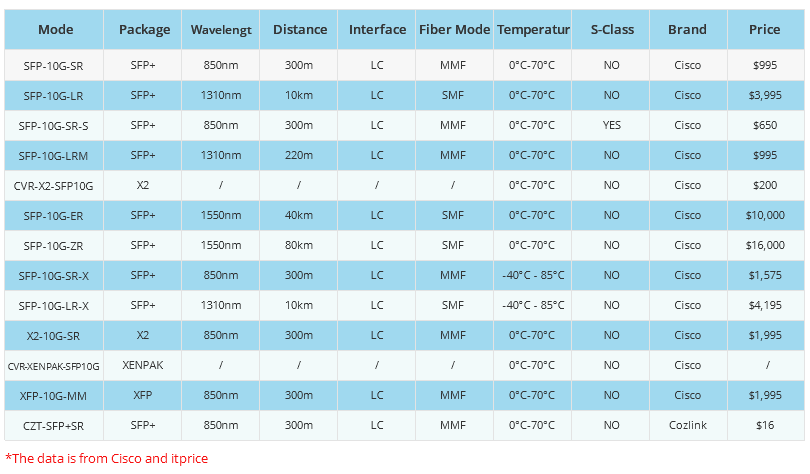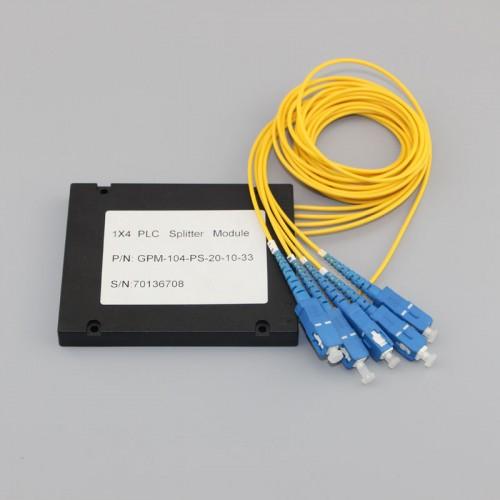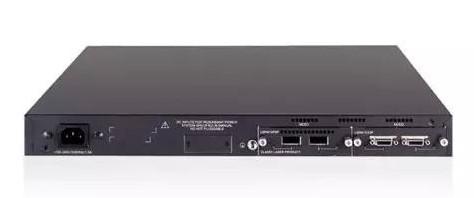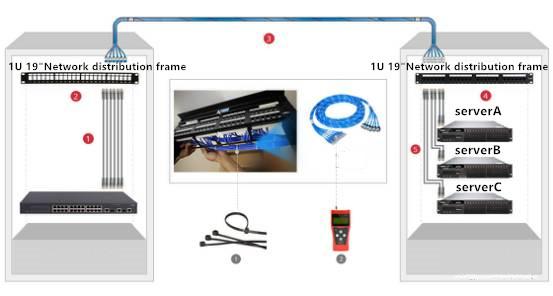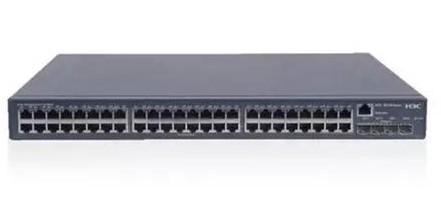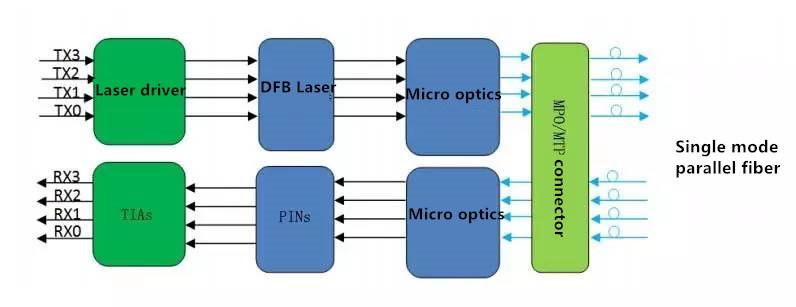- Related articles
- All Cisco SFP-10G-BXD-I’s Information (Overview, Features, Data Sheet PDF, Price, Specifi
- Apply to 40GBASE-LR4 Standard Optical Transceiver Models
- Difference between GLC-T and SFP-GE-T
- Difference between single-mode and multi-mode SFP
- What is SFP in Networking?
- All Cisco DWDM-XENPAK-52.52's information (List price, Specs, Datasheet PDF, Compatibility
- Cisco 10GbE Optics Modules & Optical Standards
- All Cisco DWDM-XFP-40.56's information (List price, Specs, Datasheet PDF, Compatibility ma
- Best-selling models of Intel Ethernet server adapters
- Optical Transceivers for Cisco N3K-C3172TQ-10GT= Switch

Optical network refers to the conversion between optical and electrical signal at the input port and output port, and is always in the form of light in the network transmission and exchange process. Light source is the heart of optical fiber communication, the type and performance of the light source to a large extent determine the type of system, performance and cost.
Now, the representative active optical access network is mainly uses Active Ethernet technology, which adopts single fiber bi-directional and point-to-point directly access to the users that greatly improve the bandwidth and the costs also increased, therefore the active optical access technology is gradually replaced by passive optical access technology (PON), PON balances bandwidth and cost.
What is AON?
AON (Active Optical Network) refers to a network that in the transmission process, signal adopts photoelectric conversion device, active optical assemblies from OLT devices to user distribution units and fiber optic etc. to transmit. Active optical assemblies includes light source (laser), optical receiver, optical transceiver module, optical amplifier (fiber amplifier and semiconductor optical amplifier), etc. The active optical network belongs to the point-to-multipoint optical communication system, which is composed of ONU, optical remote terminal OLT and optical fiber transmission line.
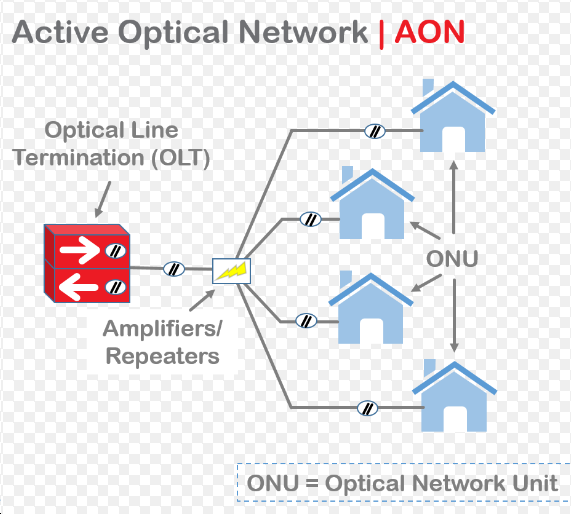
Features
- Large transmission capacity: 155Mb/s or 622Mb/s access rate
- Long transmission distance: more than 70km without repeater
- Mature technology: PDH devices and SDH devices have been widely used
What is Passive Optical Network?
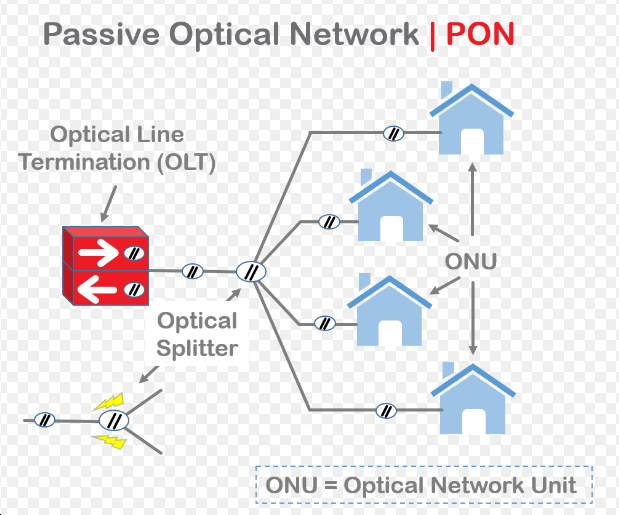
Features:
- Excellent performance of update, cost-effective, removed the active devices when access to the network, thus avoiding the electromagnetic interference and lightning effects, reducing the failure rate of lines and external equipment, and decreasing the cost of operating and maintenance.
- Great transparency of business, high bandwidth, can applied to the signal with any format and rate, can be more economical to support analog radio and television services, support triple play (voice, video, data) business;
- High reliability, providing QoS guarantee for different business priority, adapt to the development trend of broadband access market IP and large-scale application.
The difference between active optical network and passive optical network
Comparison of PON and AON
